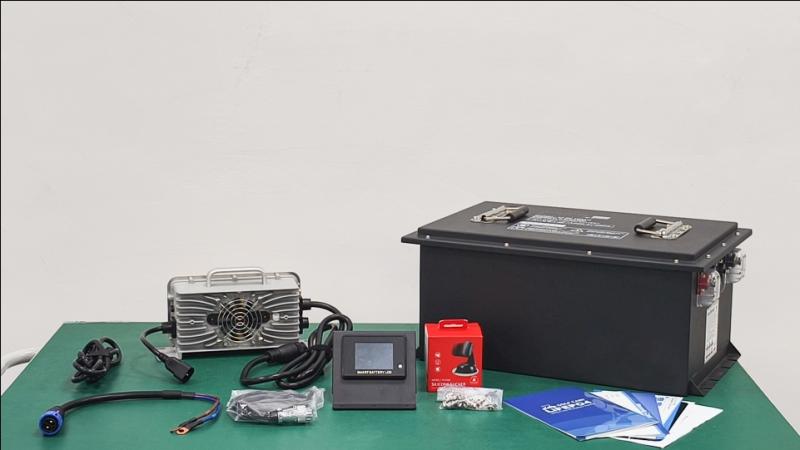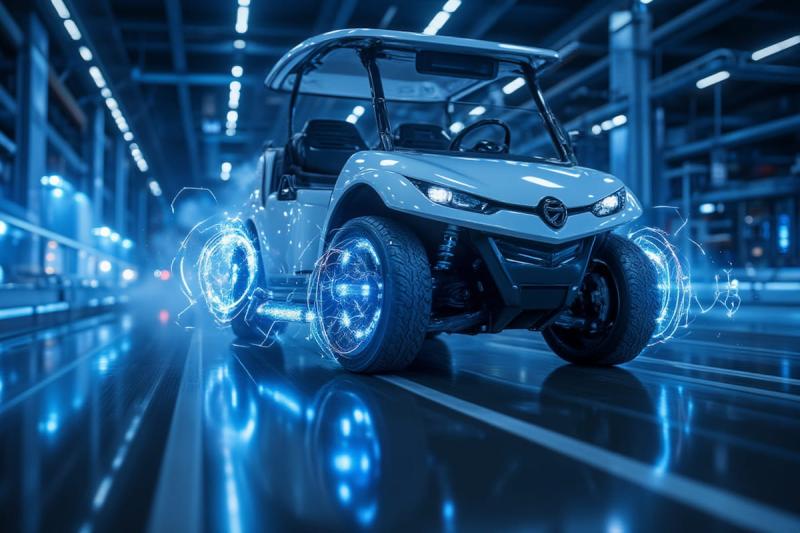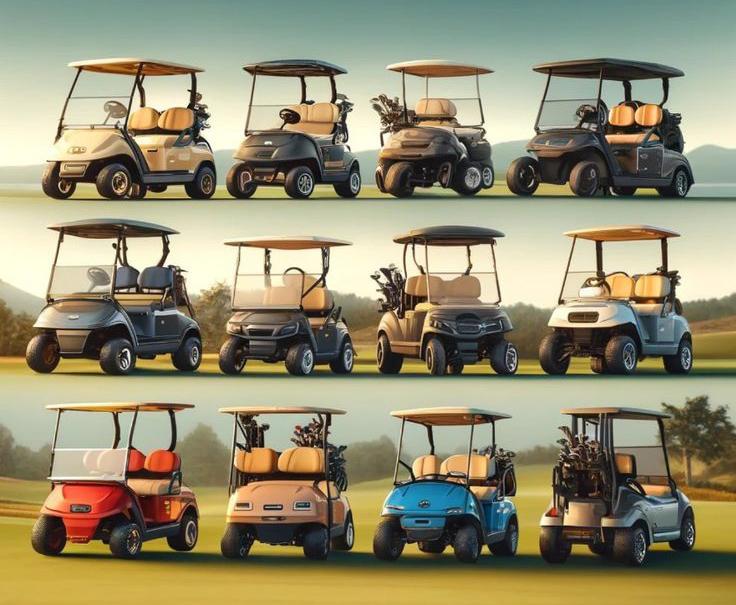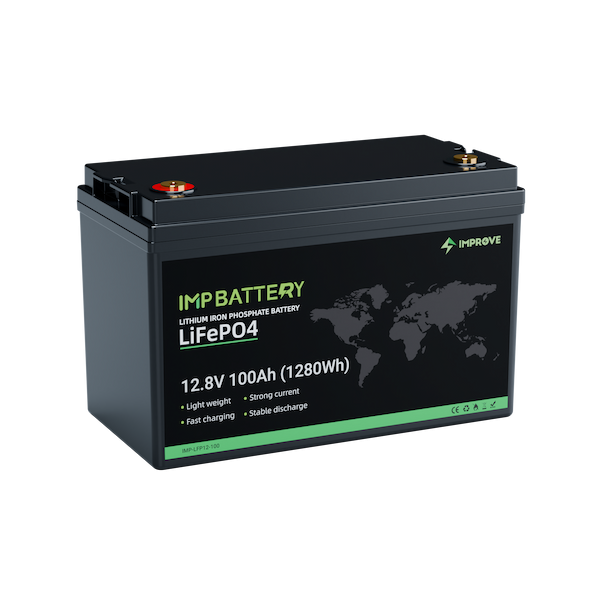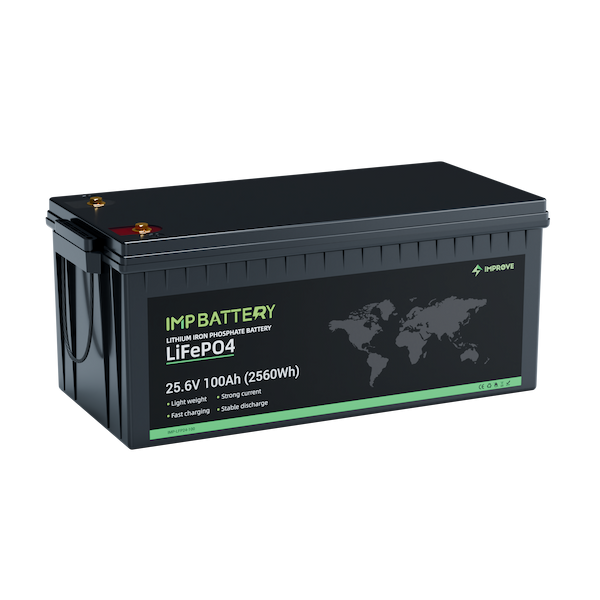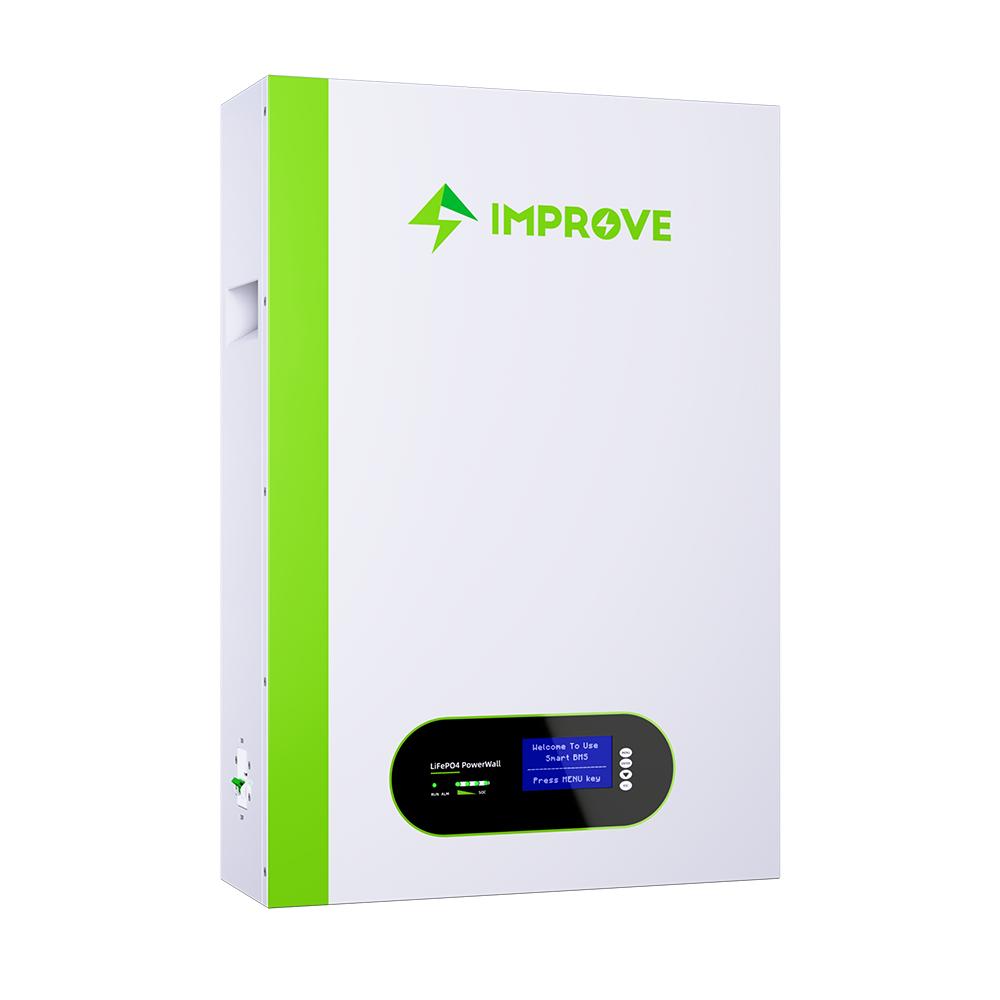Since the voltage changes continuously during charging, the charging method of Ni-MH batteries is the same as that of Ni-Cd batteries. The battery is charged with a constant current. Various factors such as temperature and battery aging are different. Therefore, it is impossible to know the power state by the voltage value.
Since overcharging has a great impact on battery life and has certain dangers, it is necessary to stop charging when the battery is fully charged. To automatically stop charging when the battery is charged, it is necessary to detect whether the battery is fully charged. Generally, there are two :
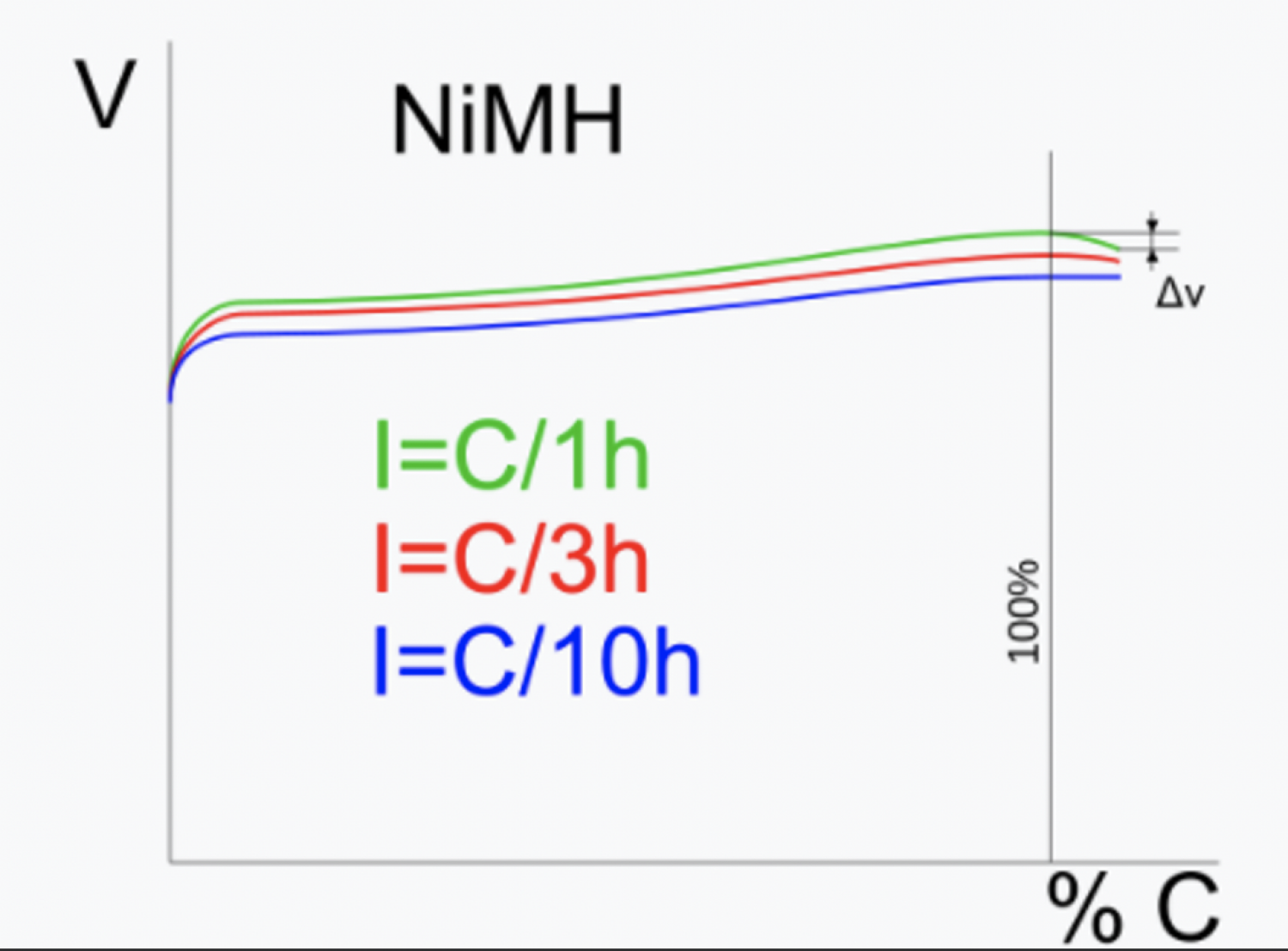
-V detection
When the battery is fully charged, the voltage will rise to the highest value. If you continue to charge, the voltage will drop, which is -△V. Therefore, as long as the battery voltage starts to drop while charging is detected, it means that the battery is fully charged.
The voltage drop rate when fully charged is affected by the current strength, the larger the current, the faster the voltage drop speed, so if the charging current is small, the voltage drop will be smaller and it will be more difficult to detect, so use -△V detection According to the method, the charging current should not be too small.
• T detection
• When charging, part of the electric energy is converted into chemical energy in the battery, and only part is converted into heat energy. When the battery is full, all the electric energy is converted into heat energy, and more heat energy causes a larger temperature rise. Because as long as the temperature rise is detected, it can be determined that the battery is fully charged. Similarly, if the charging current is too small, the temperature rise will become small and difficult to detect.
• When the charging current is large enough, the voltage can be measured with an electronic circuit, and the micro-controller analyzes and detects that the battery is full and stops charging to avoid battery overcharging. If the charging current is too small, the above methods are more difficult to detect that the battery is full, so the charging current can not be too small, but too large a current will cause the battery to heat up during charging and affect the battery life, so the charging current should not be too large.
Trickle charge
Trickle charging is a very low current, constant current charging below 0.1C. Some manufacturers believe that such a low current can be continuously charged for a long time without safety issues. However, according to the "Ni-MH Battery Charging Guide" of the battery manufacturer Panasonic, long-term use of the trickle method may damage the battery or affect its life. It is recommended that the trickle charging current should be limited to 0.033×C per hour to 0.05×C per hour Between hours, it should not exceed 20 hours.
Due to the leakage (self-discharge) problem of the old Ni-MH battery, the power will be lost after being stored for a period of time after being fully charged. It is not suitable for use in backup lighting applications that require long-term idleness. The battery manufacturer Duracell believes that the 0.0033C ultra-low current Trickle charging can keep the Ni-MH battery fully charged for a long time. Another battery manufacturer Matsushita Electric believes that under 1.3V, pulse charging with a low duty cycle and high current (that is, a continuous and short pulse current to obtain a very low average current) can be more than a constant current trickle. It can keep the battery status and lifespan better.
Now the new low self-discharge Ni-MH battery no longer needs to use trickle to maintain power when idle.
Some low-cost indoor cordless phones and cheap battery chargers use trickle charging. Although this may be safe, it will have an adverse effect on the life of the battery.
Today's nickel-hydrogen batteries contain a catalyst that can eliminate the danger caused by overcharging in time.
2H2 + O2 (catalyst) 2H2O
However, this response is only valid within C ÷ 10 hours from the time the overcharge starts (C = the battery's marked capacity). When the charging process starts, the temperature of the battery will rise significantly. Some fast chargers (less than 1 hour) include a fan to prevent the battery from overheating.
Newly bought or unused Ni-MH batteries for a long time require a period of "activation" time to restore battery power. Therefore, some new nickel-metal hydride batteries require several charge-discharge cycles to reach their nominal capacity.



